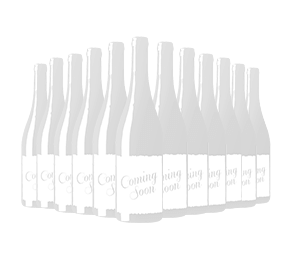Live chat
Rioja – is it a grape, a place or a wine? Read our beginner’s guide to find out everything you need to know …
If you’re an avid red wine drinker like me, there’s a good chance you’ve heard of Rioja.
And, before we continue, I’ve a quick confession to make. Before I started working in the wine trade, I thought all Rioja was the same. Shocking, I know.
So, what did I know about Rioja? Well … I knew it was Spanish. I knew that I often saw it on wine lists in restaurants. And I knew that I enjoyed drinking it. Beyond that? I was pretty clueless.
It wasn’t until my second week at HQ that I ‘got’ it. I was blind tasting a dozen wines, when one in particular stopped me in my tracks.
I was hooked.
Imagine my surprise when I learned it was a Rioja. Surely not. The Rioja I’d enjoyed for years was fresh and fruity. And this … well, this was the complete opposite. Dark berry fruits, silky vanilla, a sprinkling of spice – it was luscious, complex and irresistible.
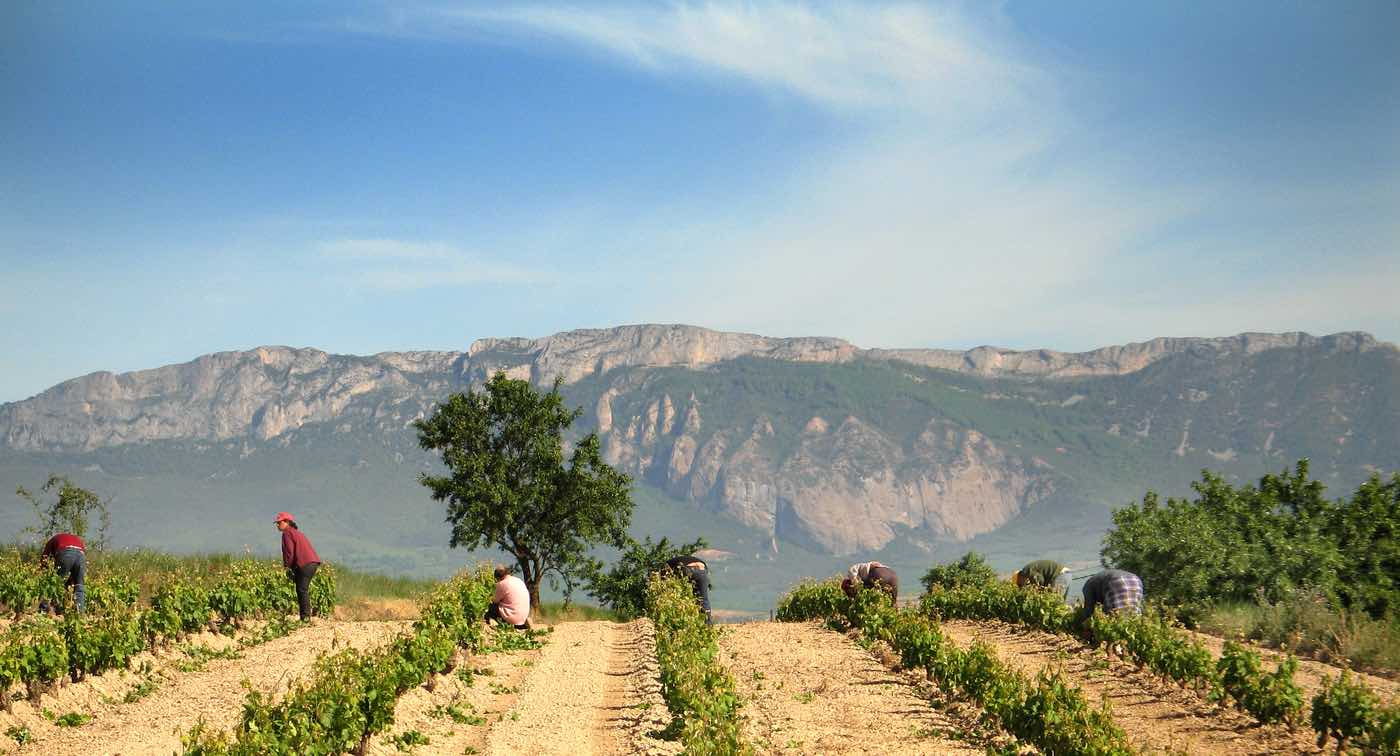
That’s when I found out it was a Rioja Reserva.
It was at this moment that I went down a bit of a rabbit hole … I had to learn everything I could about Rioja – and why this was so different to the style I’d enjoyed for so long.
I learned that Rioja is not a grape. That it is, in fact, a region in Spain (bonus points to me for knowing it was Spanish). But it wasn’t just any region – oh no, it’s Spain’s most famous winemaking region.
I learned about the region’s star grape (more on that later) and that the magic of these wines lies not in the grapes used to make them (though that certainly helps), but from time. You see, wines in Rioja have strict ageing regulations – and it is through both oak and bottle ageing that Rioja wines develop their signature character.
Reds are the region’s signature – from fresh and fruity to refined and structured. But you’ll also find rich, oaky whites that are worth discovering too.
So, if like me, you’re waiting for your own lightbulb Rioja moment, consider this your invitation to learn more about this incredible region.
Where is Rioja?
Located in northern Spain, Rioja stretches along the Ebro river and is framed by the Cantabrian mountains.
Sunny days, cool breezes, high-altitude vineyards and diverse souls provide the perfect conditions for crafting interesting and diverse wines.
What grapes are grown in Rioja?
Reds
The main grape grown in Rioja is Tempranillo. It’s Rioja’s star variety – and accounts for a whopping 75% of the region’s total plantings.
Known for its early ripening characteristics (temprano means ‘early’ in Spanish), Tempranillo is a robust grape that grows well in a range of climates and soils. Its body and tannins depend on the heavily on the region and winemaking practices, but this grape imparts delicious red cherry, strawberry, plum, fig and spice notes to its wines.
Other red permitted grapes include:
Garnacha: produces intense and rounded wines, with red fruit and dried plum aromas.
Mazuelo (known as Carignan in France): its high tannins lend structure to wines – ideal for blending as it improves ageing potential.
Graciano: produces silky wines with red and black fruit aromas.
Maturana Tinta: a native grape rescued from the brink of extinction (though still planted in miniscule amounts). Lends intense colour, tannins and green pepper notes.
When blended with Tempranillo, these varieties add complexity, depth and structure to Rioja’s reds.
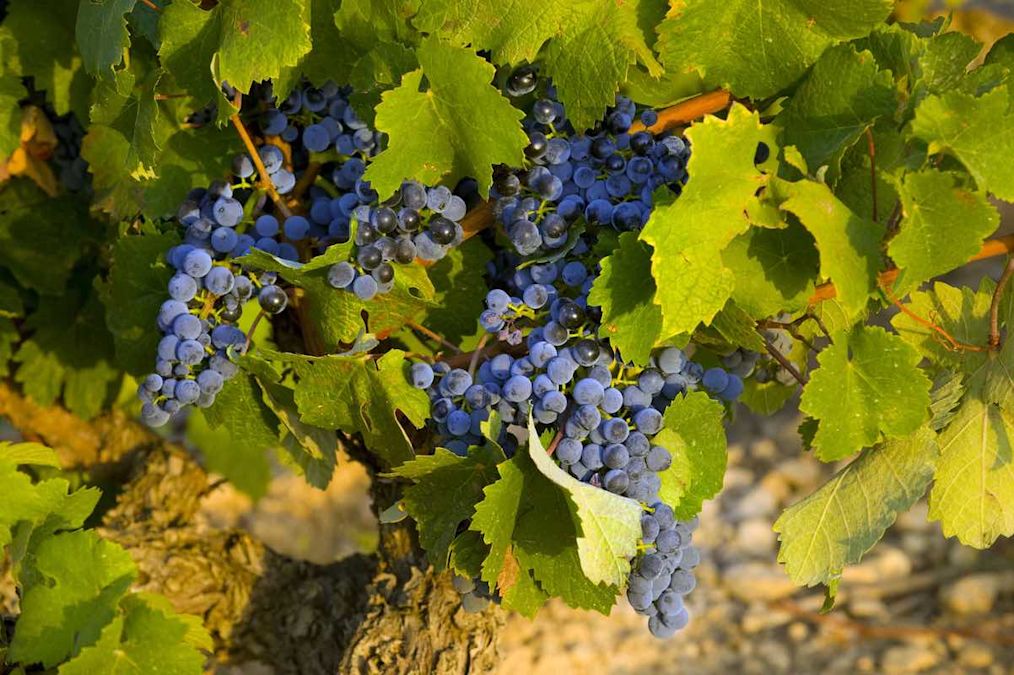
Whites
Viura is the most widely planted white grape variety in Rioja. It’s incredibly versatile and thrives in a range of soils and climates. When enjoyed young and fresh, expect green apple, lemon and citrus flavours with floral aromas. Due to its racy acidity, Viura also has remarkable ageing potential. When aged on its lees, Viura wines develop a creamy, rounded finish with delicious honeyed notes.
Other permitted white grapes include:
Garnacha Blanca: adds textured and richness, peach, pear and citrus notes.
Malavasía: wonderfully aromatic with ripe stone fruit, honey, and subtle spice.
Tempranillo Blanco: a rare mutation of the Tempranillo grape, which lends crisp acidity and floral aromas.
Maturana Blanca: one of Rioja’s oldest indigenous varieties. It’s light-bodied with high acidity and flavours that range from citrus to quince.
Turrentés: wonderfully fragrant, with floral and peachy aromas.
Chardonnay: the world’s most versatile grape lends structure and freshness to wines.
Sauvignon Blanc: adds freshness and vibrant acidity to wines.
Verdejo: known for adding green fruit flavours and bright acidity to blends.
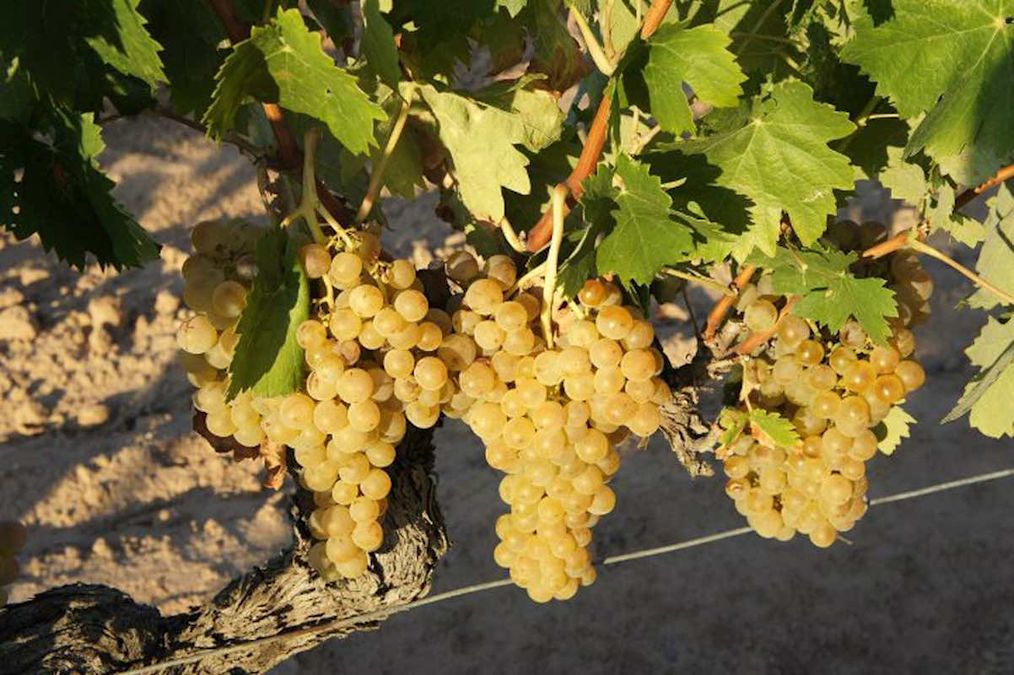
What are Rioja’s wine regions?
Rioja is divided into three winemaking regions, each lending their own unique characteristics to the wines.
Rioja Alta:
The most westerly region, characterised by high-altitude vineyards. The cooler temperature of Rioja Alta is perfect for growing slowly ripening grapes. You’ll find robust, structured wines with high tannins – and great ageing potential.
2. Rioja Alavesa:
Despite being the smallest subregion, Rioja Alavesa has a reputation for highly respected wines. Located north of the Ebro river, close to the Cantabrian Mountains, grapes thrive in high-altitude vineyards influenced by the region’s chalk-clay soils and cooler climate. You’ll find wines with bright acidity, great freshness and intense aromatics.
3. Rioja Oriental:
The most easterly region, with a warmer, drier Mediterranean-style climate. Garnacha is planted more widely here, producing high-alcohol, low-acidity and fuller-bodied wines that are often added to blends.
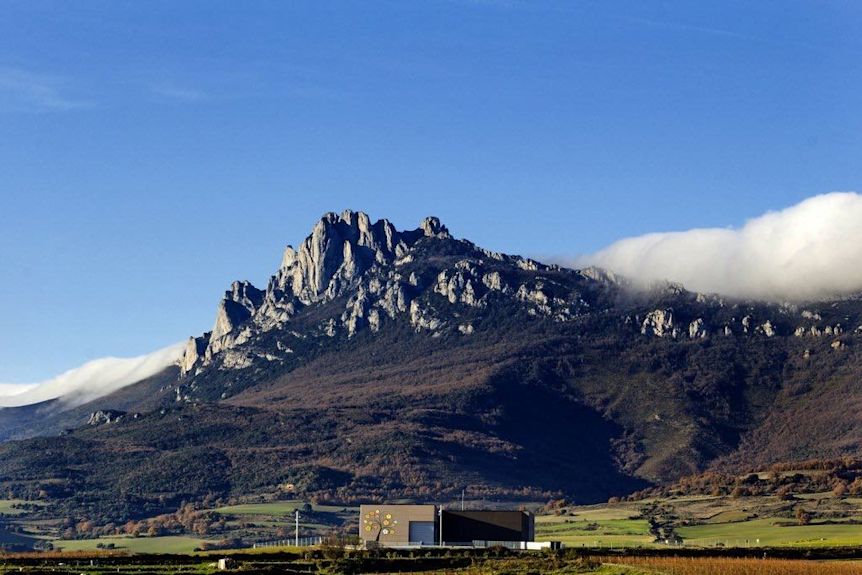
How are Rioja wines classified?
To ensure quality and consistency across styles, wines in Rioja are classified under Spain’s strictest designation, Denominación de Origen Calificada (DOCa). This designation specifies that wines are classified based on their ageing requirements.
Red Rioja
Joven
A wine classified as ‘Joven’ means that it is a “young” wine. These wines typically haven’t been aged in oak at all, though are likely to have seen minimal ageing in bottle. They’re fresh, fruity and easy-drinking reds.
Crianza
Crianza wines must be aged for a minimum of two years – one of those must be in oak. Crianza wines are more structured than Joven wines and have pronounced flavours from the oak – think vanilla, toast and spice.
Reserva
Reserva wines must be aged for a minimum of three years – one of which must be in oak. These wines can vary in maturity and style, but often have ripe, baked fruits, damson and vanilla flavours.
Gran Reserva
Gran Reserva wines must be aged for a minimum of five years – two of those must be in oak. These wines develop tertiary aromas of clove, leather, dried fruits and herbs.
Winemakers typically choose to age their wines in American oak. These barrels lend a distinct sweetness and characteristic notes of vanilla, cinnamon and coconut.
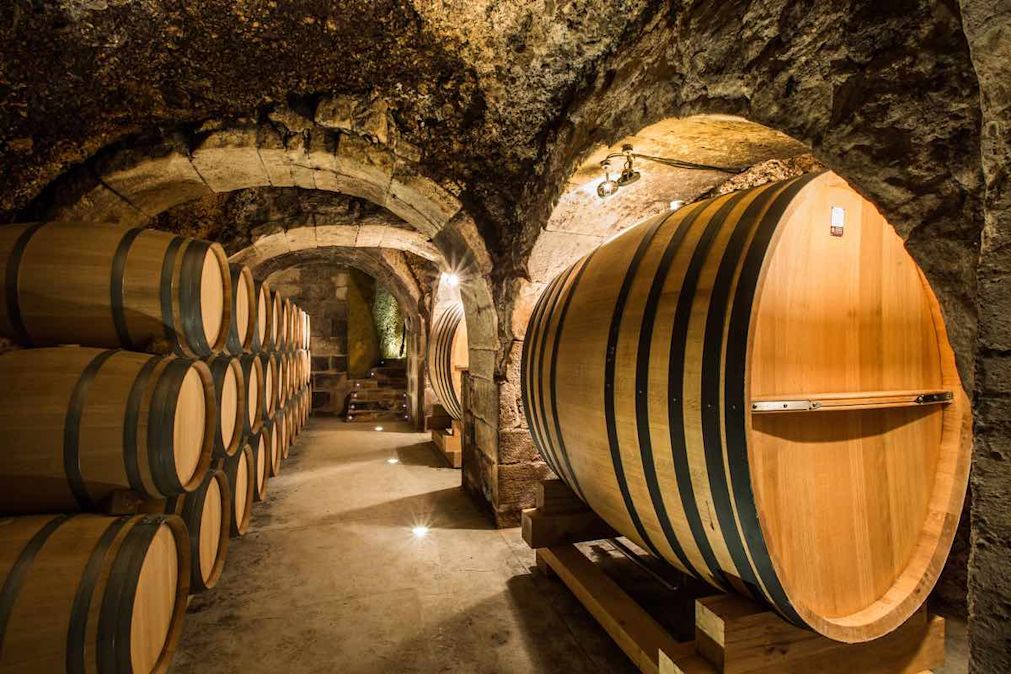
White Rioja
And, just to complicate things a little, white Rioja has different ageing requirements than the reds.
Joven
These wines are not required to be oak-aged, but must be under 15 months old.
Crianza
These wines must be aged for at least one year – with six months in oak.
Reserva
These wines must be aged for at least two years – with six months in oak.
Gran Reserva
These wines must be aged for at least four years – with six months in oak.
What foods pair with Rioja wines?
Because of their balance of fruit, acidity and tannins, Rioja wines are incredibly food-friendly. And because Rioja wines range from young and fresh to complex and oak-aged, there’s a style for every fish. So, here’s how to make the most out of your wine.
Joven reds
Light dishes
Tapas
Grilled veggies
Crisp salads
Crianza reds
Hearty dishes
Grilled meats
Roasted lamb
Mushroom risottos
Reserva reds
Slow-cooked beef
Game meats
Paella
Gran Reserva reds
Aged cheeses
Slow-roasted meats
White Rioja
Seafood
Salads
Fish dishes
Soft cheeses
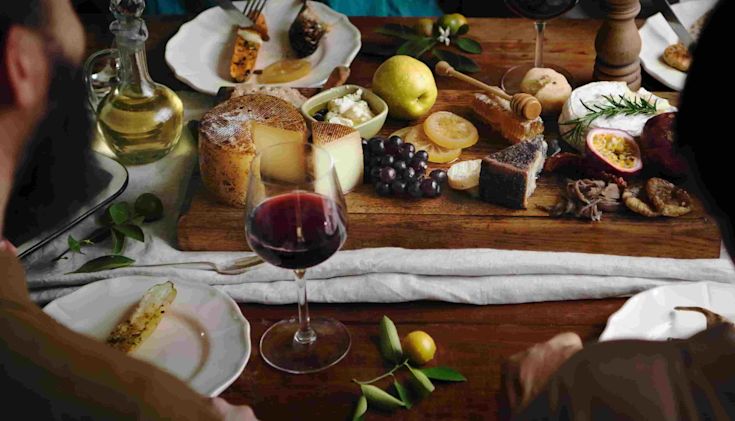
About the author
Brogan Wilson
Qualified to WSET Level 2 Wine, Brogan is a relatively new member of the team, having joined in September 2023. She previously worked as the sole copywriter at a creative marketing agency, and before that, as a primary school teacher. At Laithwaites HQ, you’ll find her growing her knowledge, asking lots of questions, and crafting both digital and print copy. An ardent red wine drinker, Brogan is also fond of Crémant.
